Figures & data
Table 1. Attributes and levels included in the DCE.
Figure 1. Example of a DCE choice task seen by respondents. Abbreviation. DCE, Discrete choice experiment.
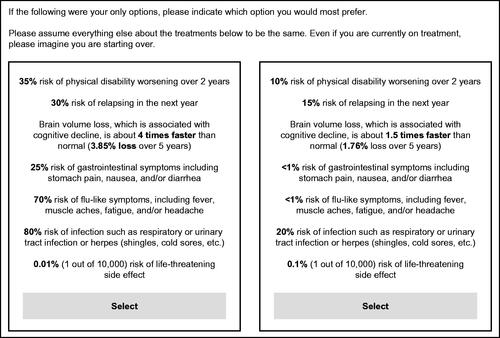
Table 2. Patient characteristics.
Table 3. Neurologist characteristics.
Figure 2. Relative importance of treatment attributes; 95% confidence intervals are depicted. Abbreviations. BVL, Brain volume loss; GI, Gastrointestinal; RRMS, Relapsing–remitting multiple sclerosis.
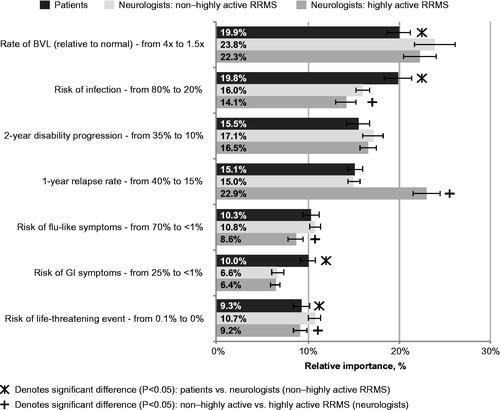
Figure 3. Attribute-level preference weights. Preference weights should not be interpreted by themselves. Instead, the magnitude of change within one attribute should be compared with change within another attribute. Abbreviations. BVL, Brain volume loss; GI, Gastrointestinal.
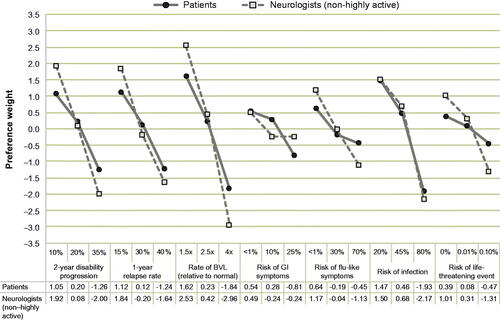
Figure 4. Increases in attributes that patients and neurologists are willing to accept in exchange for decreasing rate of BVL from 2.5 times to 1.5 times relative to normal. Abbreviations. BVL, Brain volume loss; GI, Gastrointestinal; RRMS, Relapsing–remitting multiple sclerosis.
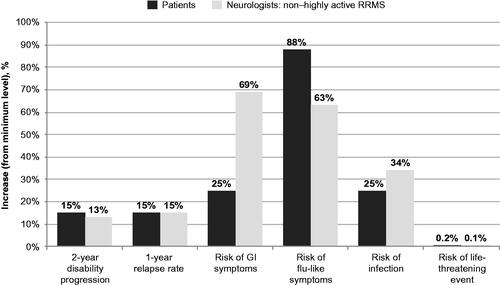
Figure 5. Relative importance of treatment attributes in highly active RRMS DCE: neurologists by most frequently prescribed medication for non-highly-active RRMS. Note: 95% confidence intervals are depicted. Abbreviations. BVL, Brain volume loss; DCE, Discrete choice experiment; GI, Gastrointestinal, RRMS, Relapsing–remitting multiple sclerosis.
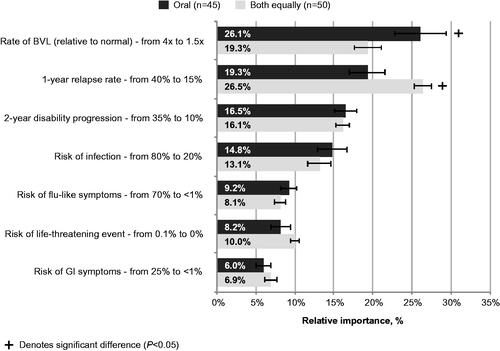
Supplemental Material
Download MS Word (20.5 KB)Data availability statement
BMS policy on data sharing may be found at https://www.bms.com/researchers-and-partners/independent-research/data-sharing-request-process.html.
